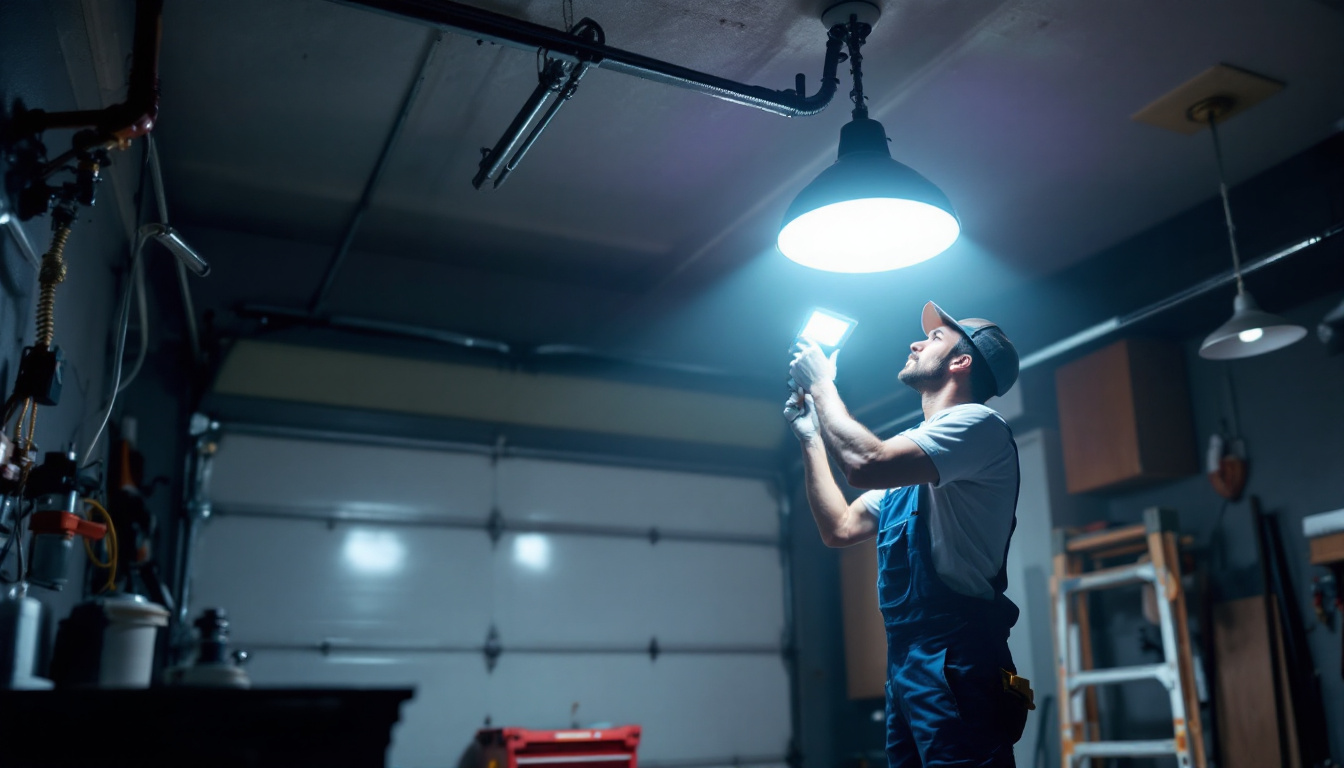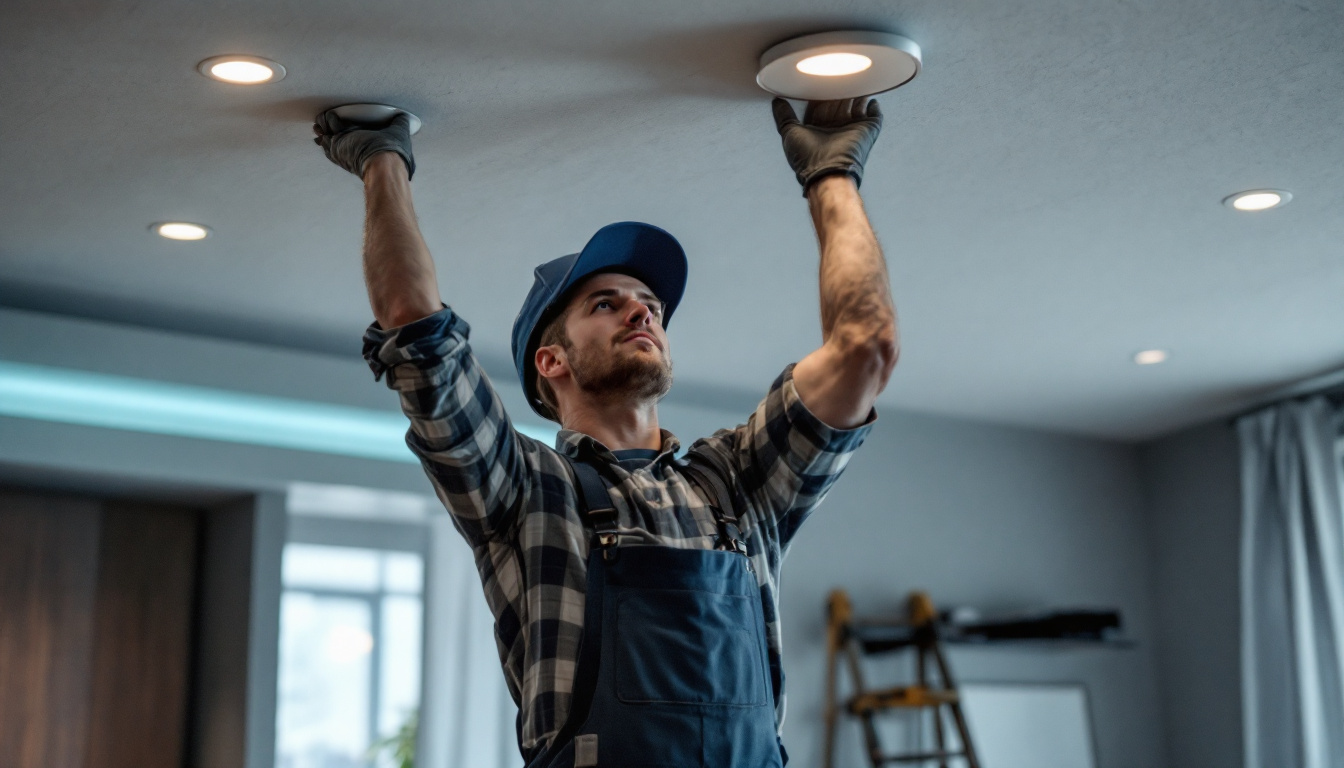
Recessed lighting has become a staple in modern interior design, providing a sleek and unobtrusive way to illuminate spaces. For lighting contractors, understanding how to choose the right recessed lights is crucial not only for the success of a project but also for client satisfaction. This guide will explore essential considerations when selecting recessed lighting, including types, installation techniques, and design aesthetics.
Recessed lighting, often referred to as can lighting or downlighting, is installed into a hollow opening in the ceiling. This type of lighting is popular for its ability to create a clean, modern look while providing effective illumination. However, not all recessed lights are created equal, and various factors must be considered to ensure the right fit for a project.
There are several types of recessed lights available on the market, each designed for specific applications. The most common types include:
Understanding these types will help contractors select the right fixtures based on the project requirements and client preferences. Additionally, the choice of trim styles can further enhance the aesthetic appeal of recessed lighting. For instance, baffle trims can help reduce glare, while reflector trims can enhance brightness, making them suitable for various settings, from cozy living rooms to vibrant kitchens.
Energy efficiency is a critical aspect of modern lighting design. LED recessed lights have gained popularity due to their lower energy consumption and longer lifespan compared to traditional incandescent bulbs. When choosing recessed lights, contractors should consider:
By prioritizing energy-efficient options, contractors can provide clients with sustainable solutions that save money in the long run. Moreover, the use of dimmable LED recessed lights can further enhance energy savings and create versatile lighting environments. By adjusting the brightness levels, homeowners can set the mood for different occasions, whether it’s a lively gathering or a quiet evening at home. This adaptability not only contributes to energy conservation but also elevates the overall ambiance of the space.
Proper installation is vital for the performance and longevity of recessed lighting. Contractors must be familiar with various installation techniques to ensure a seamless integration into the ceiling. A well-executed installation not only enhances the aesthetic appeal of a space but also maximizes energy efficiency, making it a crucial aspect of any lighting project.
Before installation begins, careful planning of the layout is essential. Factors to consider include:
Taking the time to plan the layout will help achieve a balanced and effective lighting scheme. Additionally, it is important to consider the color temperature of the bulbs being used, as this can significantly impact the mood of the room. Warmer tones may create a cozy atmosphere, while cooler tones can enhance focus and productivity in workspaces. Furthermore, incorporating dimmable options can provide flexibility, allowing users to adjust the lighting according to different activities and times of day.
Electrical safety is paramount during the installation of recessed lighting. Contractors should ensure that:
By adhering to electrical safety standards, contractors can protect both themselves and their clients. Additionally, it is advisable to use LED fixtures, which not only consume less energy but also generate less heat compared to traditional incandescent bulbs. This can further reduce the risk of electrical issues. Moreover, keeping up with local building codes and regulations is crucial, as these guidelines often dictate specific requirements for recessed lighting installations, ensuring that the work is both safe and compliant.
The design of recessed lighting plays a significant role in the overall aesthetic of a space. Lighting contractors must consider how recessed lights will complement the interior design. The integration of these fixtures can either enhance or detract from the intended atmosphere, making it essential to choose wisely based on the surrounding decor and functionality of the area.
Recessed lights come with various trim options that can enhance the look of the fixture. Common trim styles include:
Choosing the right trim can significantly impact the visual appeal of the recessed lighting. Additionally, the finish of the trim—whether it be matte, polished, or painted—can further tailor the lighting to suit the desired aesthetic. For instance, a matte finish may lend a more contemporary feel, while a polished chrome trim can add a touch of elegance and sophistication.
The color temperature of recessed lights can influence the mood and ambiance of a space. Common options include:
Contractors should work closely with clients to select the appropriate color temperature that aligns with their design vision. Furthermore, the use of dimmable recessed lights can provide versatility, allowing homeowners to adjust the brightness and color temperature according to the time of day or the specific activity taking place. This adaptability not only enhances functionality but also elevates the overall design experience, making the space feel more dynamic and responsive to the needs of its occupants.
Effective communication with clients is essential throughout the selection and installation process. Lighting contractors should strive to understand their clients’ needs and preferences fully.
During the initial consultation, contractors should educate clients on the different types of recessed lights and their benefits. This includes discussing:
By providing valuable insights, contractors can help clients make informed decisions that align with their vision.
Setting realistic expectations is crucial for ensuring client satisfaction. Contractors should discuss:
Transparent communication can prevent misunderstandings and foster a positive working relationship.
Even experienced contractors can make mistakes when selecting and installing recessed lighting. Being aware of common pitfalls can help ensure a successful project.
One of the most frequent mistakes is failing to achieve the right balance of light. Overlighting can create a harsh environment, while underlighting can lead to dark, uninviting spaces. To avoid this:
Finding the right balance is key to creating an inviting atmosphere.
Ceiling height significantly impacts the effectiveness of recessed lighting. Contractors should avoid the mistake of placing fixtures too close together or too far apart. To ensure proper spacing:
Taking ceiling height into account will lead to a more effective lighting design.
Choosing the right recessed lighting requires careful consideration of various factors, including types, installation techniques, and design aesthetics. Lighting contractors play a vital role in guiding clients through the selection process, ensuring that their needs and preferences are met.
By understanding the nuances of recessed lighting and maintaining clear communication with clients, contractors can enhance their projects and deliver exceptional results. Ultimately, the right choices in recessed lighting can transform spaces, creating inviting and functional environments that clients will love.
Ready to elevate your lighting projects with the best in spec-grade recessed lighting? Look no further than LumenWholesale, where we provide contractors with superior lighting solutions at unbeatable wholesale prices. Say goodbye to inflated markups and hello to our extensive selection of high-quality, reliable lighting that meets the highest industry standards. With the convenience of hassle-free bulk buying and free shipping, you can ensure your projects shine with premium lighting at the best value. Don’t compromise on quality or cost—explore our wholesale lighting options today and bring your design visions to life.

Discover the art of training your team in the timeless allure of vintage lightbulbs.

Discover how LED garage lamps can transform your business with increased efficiency and customer satisfaction.

Discover how specialized light bulbs are revolutionizing the lighting industry with innovative designs and energy-efficient technology.

Discover expert strategies and proven techniques for lighting contractors to effectively install ceiling recessed LED lights.